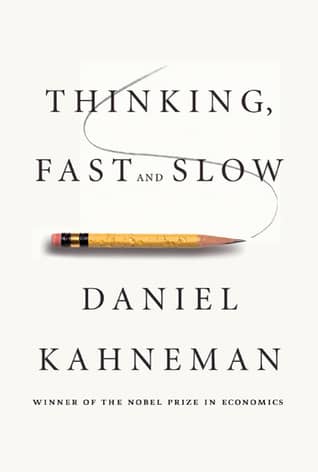Why Machine Learning in Software Engineering #1: A World of Experts
It’s the opinions of experts that drive Software Engineering! Models, like Big O, would lead to more fact-based discussions and better decisions.

This is the first part of a 3 posts story about how we tried to apply machine learning to software engineering. During a 6 months internship, we found a way to identify the most critical tests to run. We also confirmed that practices like small commits, modular code, and the open/closed principle apply to our codebase.
Fashion, fame and strong personalities drive the software engineering world! Think of .js frameworks, or of Uncle Bob’s Clean Code and Software Craftsmanship movements.
All these define the current best practices. Even though they are only the result of the experience of some people.
Our ‘best-practices’ are only the result of the experience of some people!
The same thing happens on a smaller scale. Many companies have a veteran-guru who defines the inside best practices!
The catch
Experts are humans too! Unfortunately, this also means that they have biases and make mistakes. Could we get out of experts’ rhetoric and in fact-based problem-solving?
Think of the following questions we get in many projects:
- Our test-suite is too slow, which tests should we run first?
- We have a lot of legacy code that is dragging us down, given the features ahead, what should we refactor?
- We have too many bugs to fix, which ones should we focus on now?
The experts’ answers are of little help here 😞. Still, answering these questions could increase productivity and set a sustainable pace!
How a model would help
These challenges are contextual. There is not a single answer that is valid across all projects and teams.

In Thinking Fast and Slow, Daniel Kahneman explains that we, humans, are full of biases. He concludes that, in the face of high uncertainty, we should prefer algorithms for better decision making!
I had a demonstration about that a few weeks ago while I was coaching a team. We were doing the ‘Median of a list of list’ Randori kata to practice Test Driven Development with algorithms. The trick is that TDD won’t drive you towards a non-trivial algorithm (cf Ron Jefferies Sudoku). We can still leverage TDD with the following strategy:
- Think an algorithm
- Write tests to incrementally write to a slow version of this algorithm
- Optimize this algorithm with the safety of the test harness
We had reached step 3 and the team was discussing which part to optimize. People could not agree, so we did a quick Big O() analysis. In no time, everyone agreed.
💡 Models are always wrong. But they get us out of rhetoric, gut feelings, biases and into fact-based discussions!
Data Science is all about building models.

As software engineers, we have a lot of data and we build data-science systems for others. It’s a pity we don’t use Data Science for ourselves!
To be continued
This was part 1 of a 3 posts story about how we tried to apply machine learning to software engineering.
In the next post, I’ll go over how we applied machine learning to identify the tests that are most likely to fail.




Leave a comment